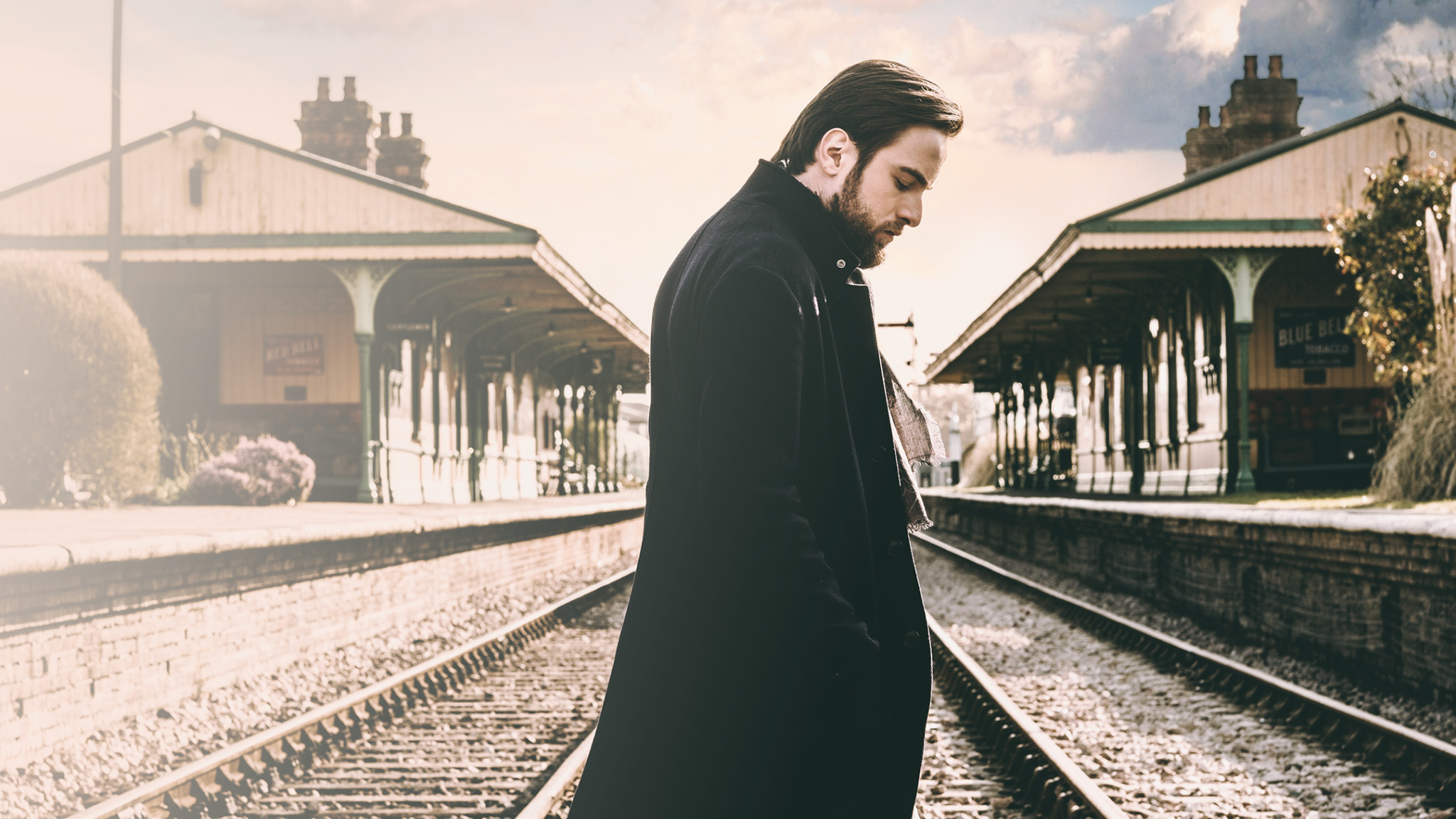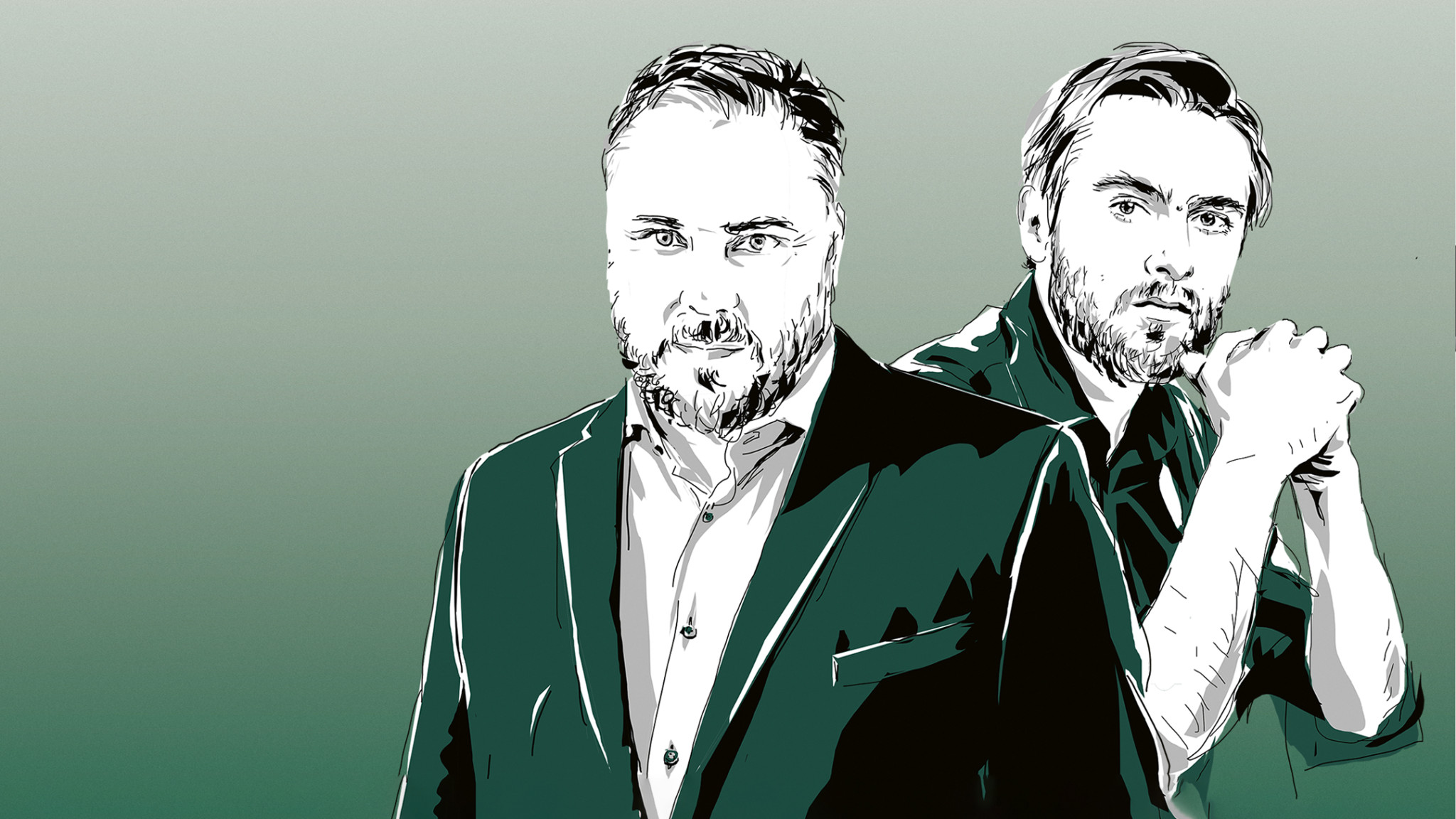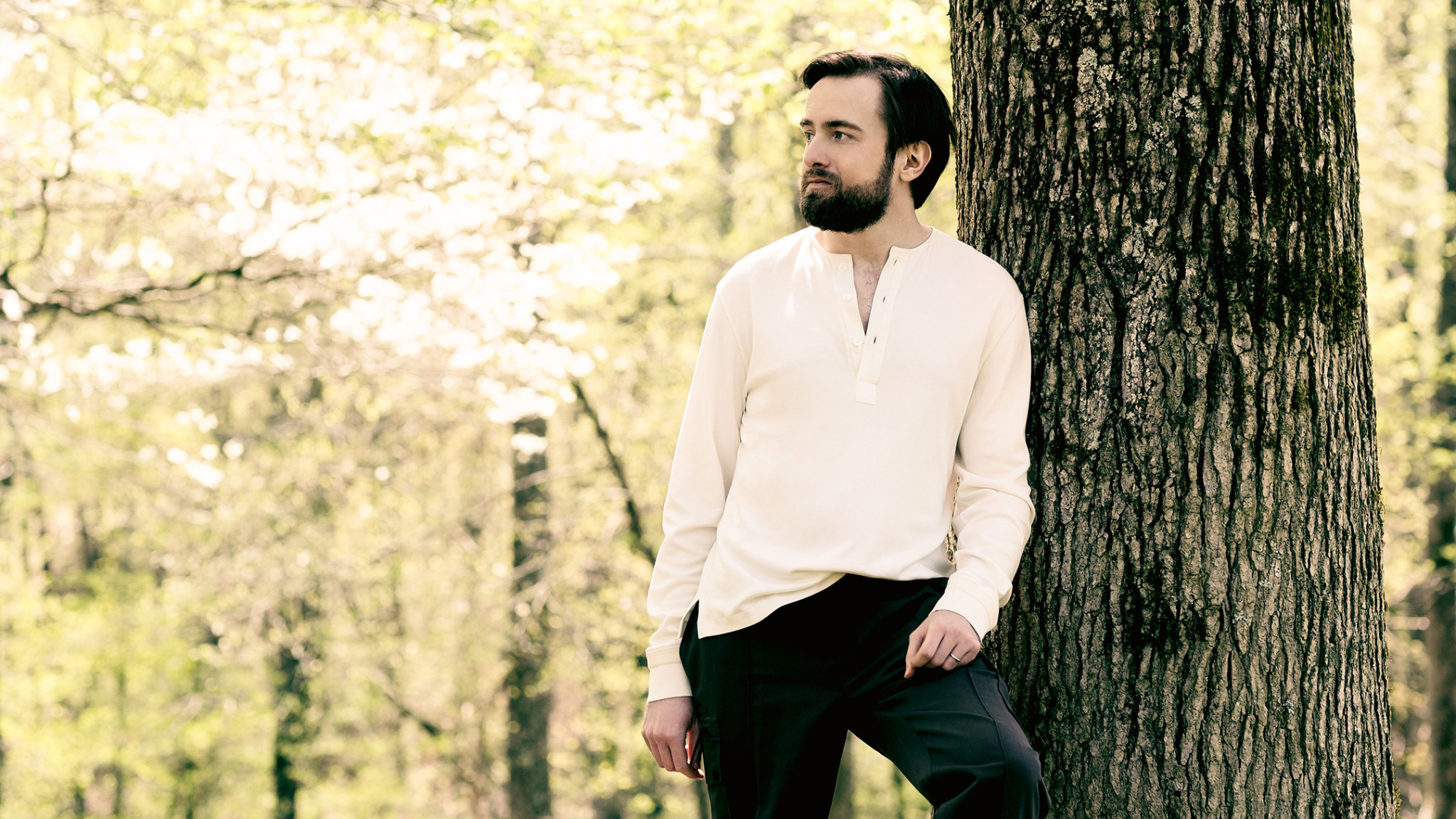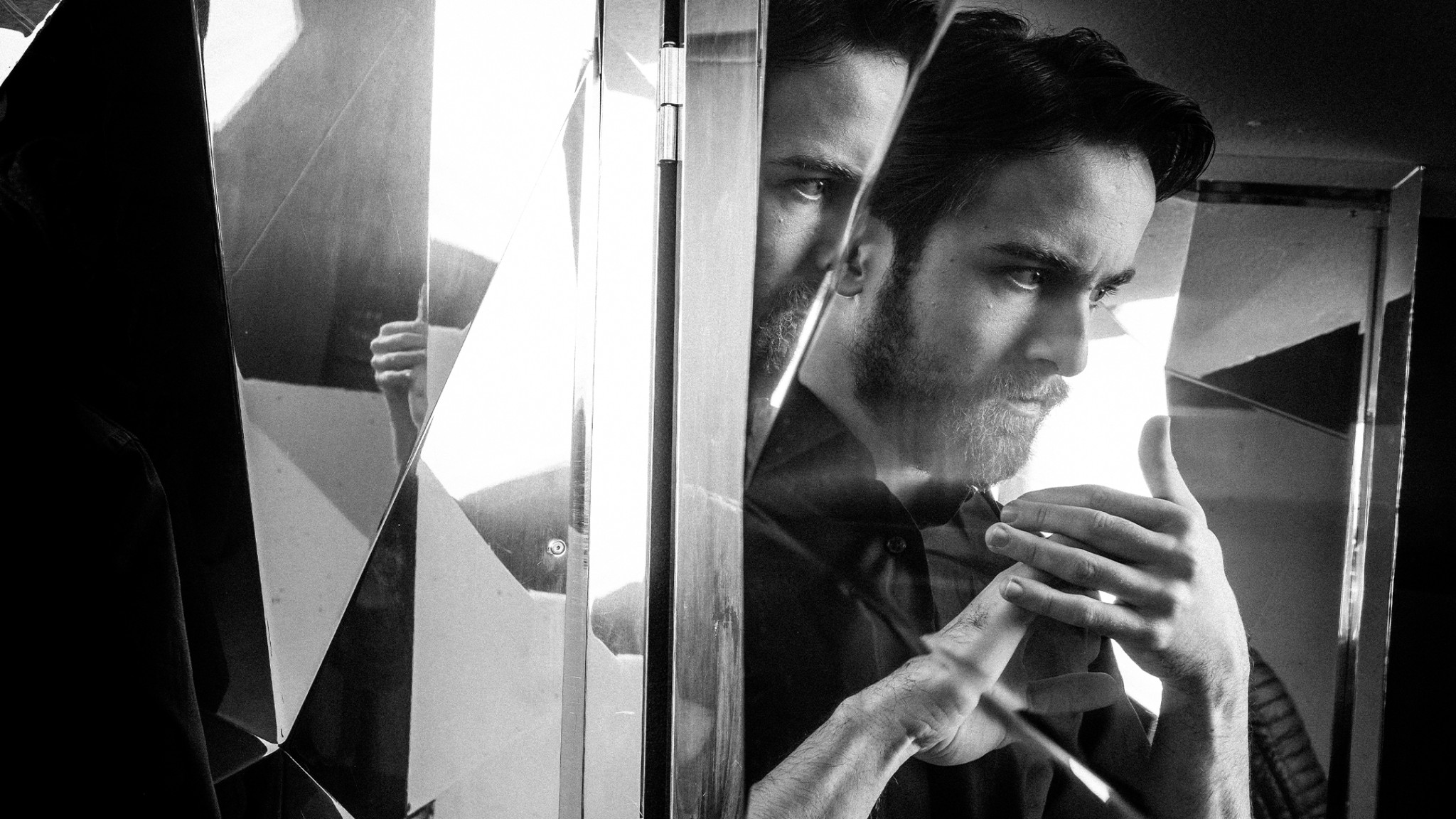Babayan & Trifonov: Two of a Kind
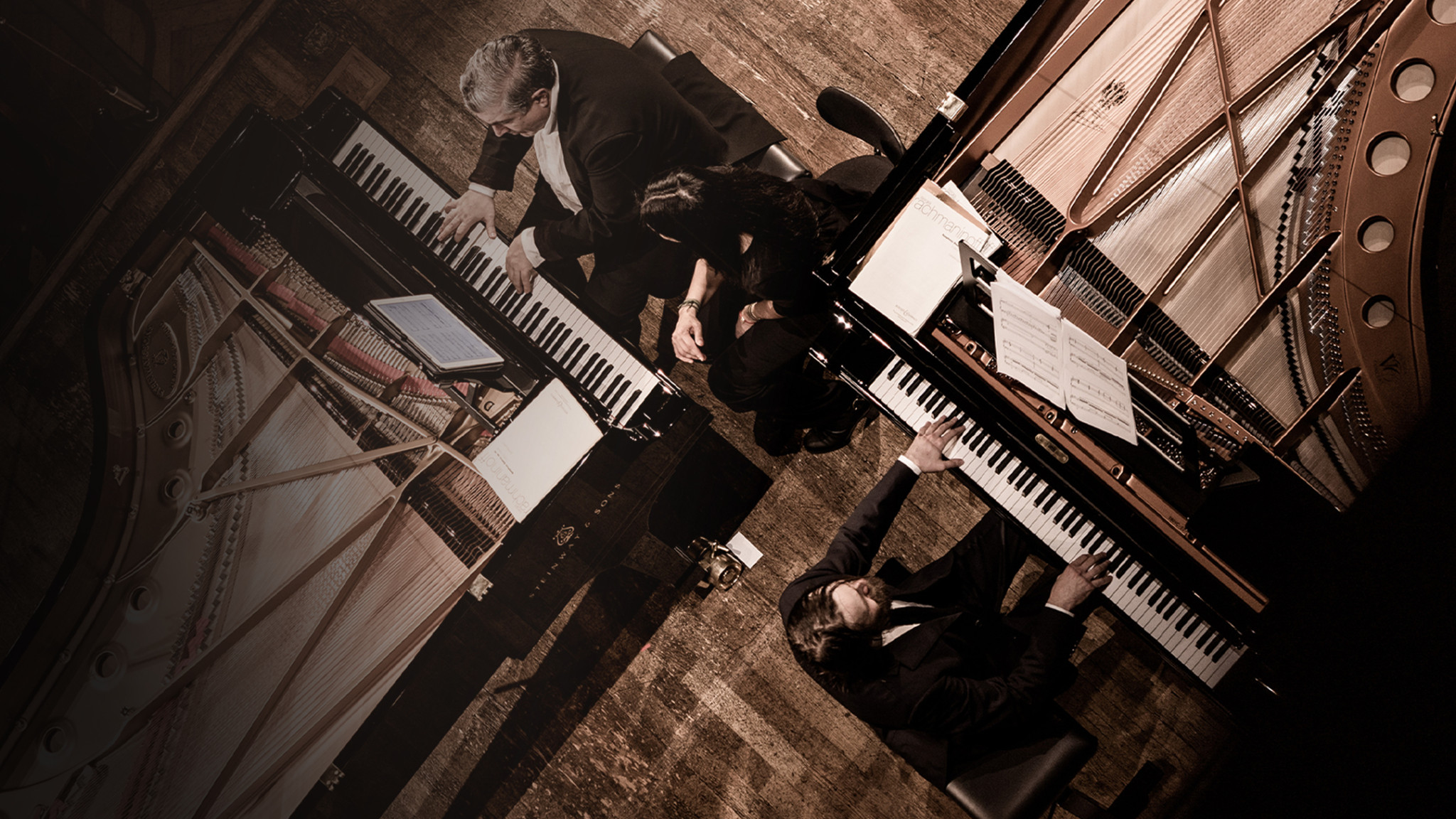
Daniil Trifonov and his friend and mentor, Sergei Babayan, present their first full album of piano duets. Rachmaninoff for Two contains performances of the Russian composer’s two Suites for two pianos and the two-piano version of his Symphonic Dances, together with Trifonov’s own transcription of the Adagio from Symphony No. 2. Set for release by Deutsche Grammophon digitally and on 2 CDs on 29 March 2024, the album pays tribute to one of the world’s most beloved pianist-composers, as part of this year’s Rachmaninoff 150 celebrations.
The duo recorded Rachmaninoff for Two at the Vienna Konzerthaus soon after performing there in May 2023 as part of their acclaimed series of Rachmaninoff concerts across Europe. Austria’s Die Presse described their Vienna concert as a “keyboard virtuosos’ festival”, and the Wiener Zeitung hailed the “ravishing kaleidoscope of emotions and colours” achieved in the Symphonic Dances, while another reviewer, writing about their performance in Brussels, called Babayan and Trifonov “worthy heirs” to Rachmaninoff’s “human complexity” and noted their “incredible symbiotic capacity” (Classykeo.com).
Discussing their chosen repertoire for the tour and album, Sergei Babayan acknowledges Rachmaninoff as a genius of the highest calibre, both as a composer and as a pianist who appeared to be blessed with four hands. “When he writes for two players at two pianos, we mortals have the chance to experience how he played on just one piano,” he observes.
Rachmaninoff’s Suite No. 1 began life in 1893 under the title Fantaisie (Tableaux). The young composer dedicated the work to Tchaikovsky, a member of the Moscow Conservatory examining committee that had just awarded him an exceptional 5+ (A+) for his graduation piece, the opera Aleko. The Suite’s four movements, or “musical pictures” as Rachmaninoff called them, were inspired respectively by poems by Mikhail Lermontov, Lord Byron, Fyodor Tyutchev and Aleksey Khomyakov. The music’s rhapsodic qualities are enhanced by the bell-like sounds created in “Les larmes”, an evocation of the funeral bells of St Sophia’s Cathedral in Novgorod, and again in the final movement, “Pâques”, which also contains a quote from the Orthodox Easter chant “Christ is Risen”.
The Suite No. 2 in C major for two pianos Op. 17 was composed during a visit to Italy in 1901, while Rachmaninoff was working on his Second Piano Concerto. Many of its themes were originally written for but not included in the concerto, with the relationship between the two works clearly reflected in the Suite’s opening “Alla marcia” and dashing “Tarantelle” finale. For Sergei Babayan, this work represents the “joy of life”.
Rachmaninoff arranged the Symphonic Dances (1940), his last original score and among his greatest compositions, for two pianos while still working on its orchestration. He and Vladimir Horowitz gave the transcription’s premiere at a private party in Beverly Hills in 1942. “It’s quite a dark piece,” notes Daniil Trifonov. “The Suites are the work of a young man, full of hope, but the Symphonic Dances is more complex.” The last and longest of its three movements includes quotes from the ancient Dies irae chant and “Blessed art Thou, O Lord” melody from Rachmaninoff’s All-Night Vigil (1915), symbolic of Death on the one hand and Resurrection to eternal life on the other.
“The Symphonic Dances has its own style of orchestral writing, which works very well on piano,” comments Daniil Trifonov. “There are some benefits with the two-piano version: for example, in terms of timing, you can do all kinds of rubato on the piano which would be impossible with full orchestra.”
Trifonov too is a pianist-composer, and his transcription of the third movement of his eminent predecessor’s Second Symphony provides the perfect prelude on this new album. He has inventively reworked this yearning Adagio, full of beautiful melodic writing, to suit his duo partnership with Babayan, built on mutual trust and a unique, intangible quality akin to a kind of musical telepathy.
“It’s a gift to have Daniil next to me onstage in this extraordinary music, because you feel there’s someone there who understands you, without looking, without words,” says Babayan. “Maybe it’s because we spent time together as teacher and student, but I don’t think that is necessarily so. It was there from the first lesson, when he brought Chopin and we began working. I had the feeling that he took more from me in two weeks than people who had studied with me for five years. So it’s a gift that we met. In my life, this has only happened with two people: Daniil and Martha Argerich.”


